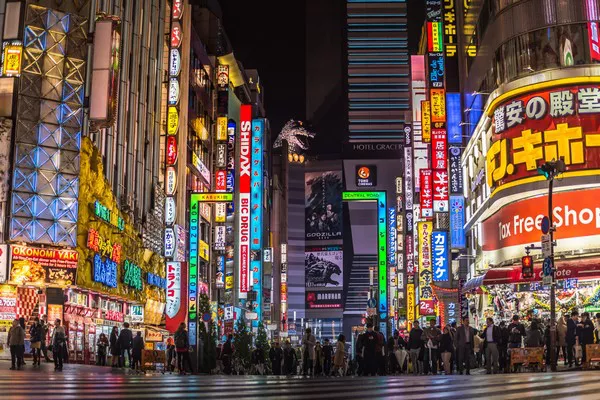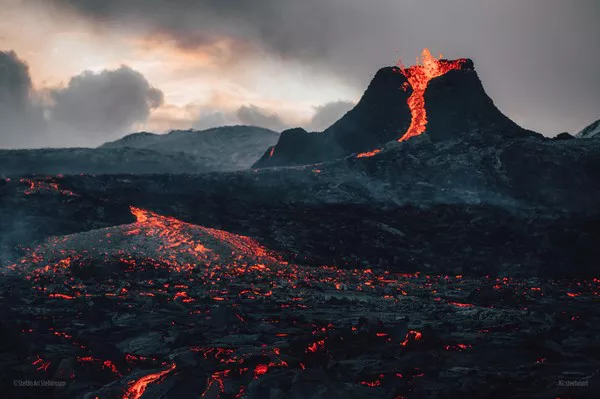Japan boasts a staggering number of over 30,000 castles, each attracting a diverse range of visitors, from the casually curious to avid enthusiasts. Nagoya City University’s esteemed castle archaeologist, Professor Yoshihiro Senda, renowned for his expertise in the field, has recently disclosed his top seven picks. The following castles, listed in order from north to south, have been deemed the best of the best by this authoritative figure.
1. Goryokaku, Hakodate, Hokkaido
Designed by Takeda Ayasaburo, a retainer in the Ozu domain during the Edo period, Goryokaku stands as a unique five-pointed fort. Its distinctiveness lies not only in its European-inspired design but also in the presence of Goryokaku Tower, offering a captivating bird’s-eye view of the grounds. The site holds historical significance as it served as a battleground during the Battle of Hakodate.
2. Tsurugajo Castle (Aizuwakamatsu Castle), Aizuwakamatsu, Fukushima Prefecture
Built by 16th-century feudal lord Gamo Ujisato, Tsurugajo Castle, also known as Tsuruga-jo, boasts a seven-level structure. Gold leaf roof tiles used in its original construction showcase the opulence of the era. The castle’s history intertwines with the tragic tale of Aizu’s “Byakkotai” (White Tiger Unit) warriors during the 19th-century Boshin War.
3. Matsumoto Castle, Matsumoto, Nagano Prefecture
A national treasure built by Ishikawa Yasunaga and his father Kazumasa, Matsumoto Castle is an architectural marvel. The main “dai-tenshu” castle keep, smaller “Inui kotenshu” tower, and the added “tsukimi yagura” or moon-viewing tower present a historical tapestry dating back to the Sengoku period. The castle’s charm lies in its resilience through times of both peace and war.
4. Nagoya Castle, Nagoya
A designated special historic site, Nagoya Castle represents the pinnacle of Japanese castle architecture. Supervised directly by Tokugawa Ieyasu, the tower is a testament to the first shogun’s architectural prowess. Recent reconstruction efforts of the Honmaru Palace allow visitors to experience the structure as originally built – a unique opportunity in the country.
5. Himeji Castle, Himeji, Hyogo Prefecture
A UNESCO World Heritage site, Himeji Castle stands as a remarkable example of a castle retaining its original features. The strategic linking of the main keep and three smaller towers showcases its military fortification, built at an elevated position. Visitors witness an authentic representation of how castles were strategically constructed for battles.
6. Kumamoto Castle, Kumamoto
Built by Daimyo Kato Kiyomasa during the construction of Nagoya Castle by Tokugawa Ieyasu, Kumamoto Castle reflects the differing thoughts of the two military commanders. While Ieyasu aimed to symbolize a new era of peace, Kiyomasa focused on the defensive strength of the keep, evident in the towering five-floored turret structures and formidable stone walls exceeding 20 meters in height.
7. Nakagusuku Castle Ruins, Kitanakagusuku, Okinawa Prefecture
A World Heritage site, Nakagusuku Castle Ruins exemplify Ryukyuan (Okinawan) “gusuku” castles. The castle walls, constructed using Ryukyu limestone in the 14th century, showcase the sophistication and strength of Ryukyuan engineering and culture. This definitive example offers visitors a glimpse into an era when samurai such as Kusunoki Masashige were constructing mountaintop forts for battles across Japan.

























